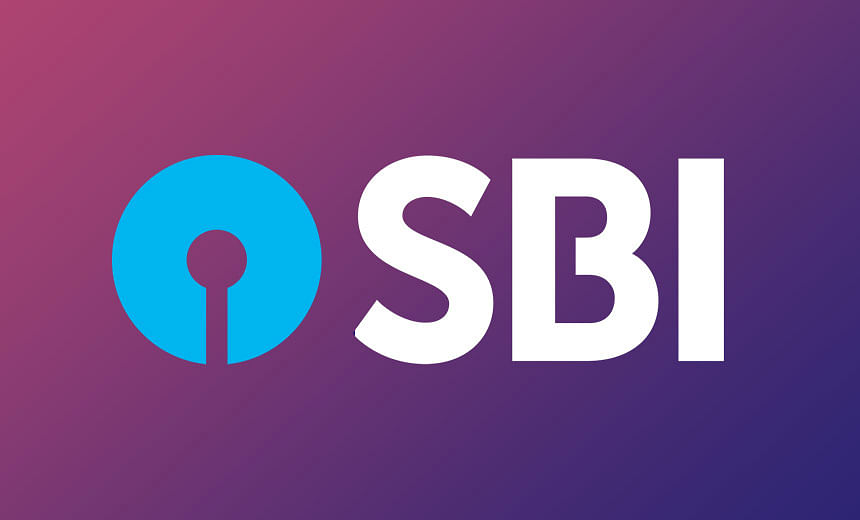
Education in India
- PC : www.entrepreneur.com
The word Education is known to us today. But the evolution of education is unknown.
The ways of imparting education to students have changed from the beginning of humankind until now.
While schools are very recent institutions, earlier children used to educate themselves through self-directed play and exploration.
If we turn the pages of history then we will find that compulsory public education developed gradually in Europe between the 16th century and 19th century.
During ancient time, evidence from anthropology revealed that children in hunter-gatherer cultures learned what they needed to know to become effective adults through their own play and exploration.
The education system in India
Indian Education has passed through an intricate maze of lanes comprising different phases.
Before the advent of British rule in India, education commenced under the supervision of a guru in traditional schools called Gurukuls.
In Gurukuls, children belonging to the Upper castes of the Indian society were imparted education. The overwhelming masses were denied any formal education there.
Gurukul, type of school in the ancient education system, has existed since the Vedic age. The Gurukul system was the only education system known at that time. The teacher was called a Guru and the students were called as Shisyas.
At the gurukul, all were considered equal. The guru (teacher) and shishya (students) lived in the same house or near each other. Meditations, yogas and other standards were used to impart education.
However, the Shudra caste (untouchables) was not allowed to study. Teachers belonged to the Brahmin caste and students were Brahmin, Kshatriya or Vaishya.
Teaching methods in Gurukul
Memorization - Learning the sacred texts by heart.
Introspection - Observation of one's own mental process.
Critical Analysis - Critical reading and critical writing.
Hands-on Learning - knowledge or skill that someone gets from doing something.
Seminars - a class in which a topic is discussed by a teacher and a small group of students.
While gurukuls were the preferred form of education in India before the British rule, the scenario changed during colonial times.
The British imported their centralized system of industrial-era education while systematically de-emphasizing Vedic education. The primary education of upper-class children in colonial days included reading, writing, simple math, poems, and prayers. Schools in those times were typically provided by churches rather than by governments.
Dayananda Saraswati, the founder of Arya Samaj and Swami Shraddhanand, were the pioneers of the modern gurukul system, who in 1886 founded now-widespread Dayanand Anglo-Vedic Public Schools and Universities.
In 1962, Kendriya Vidyalayas - the system of central government schools in India - were instituted under the aegis of the Ministry of Human Resource Development (MHRD).
The system came into being in 1963 under the name 'Central Schools'. Later, the name was changed to Kendriya Vidyalaya.
The co-education school is affiliated to CBSE and offer bilingual instructions in English and Hindi. A uniform curriculum is followed by these schools all over India.
The National Sample Survey (2014) indicated that three-quarters of parents who send their children to private schools chose private schools because they perceived a better environment of learning (55 percent) or were dissatisfied with the quality of education at government schools (20 percent).
However, the preference for private school education and the differences in learning outcomes of private and government schools vary between states.
In Punjab, Gujarat, Maharashtra, Andhra Pradesh and Karnataka, government schools outperformed private schools in reading skills in local languages, once household and parental characteristics were controlled for, according to a state-wise analysis in Annual Status of Education Report 2014.









